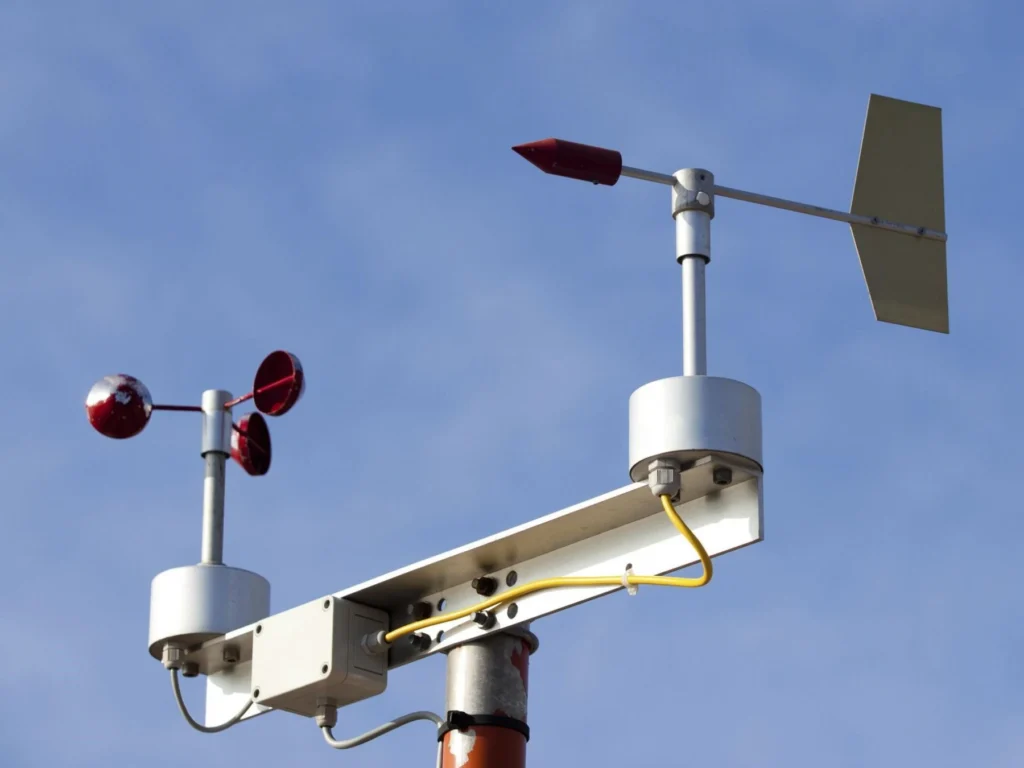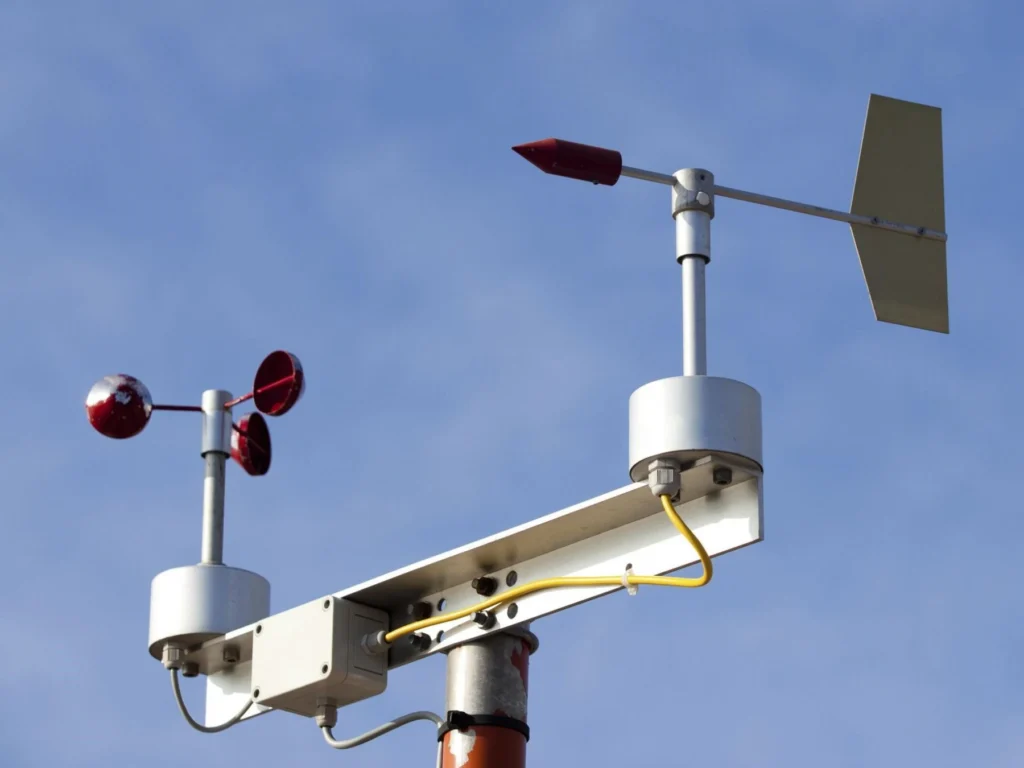
# Wind Measuring Instruments: Essential Tools for Accurate Weather Monitoring
Wind measuring instruments are indispensable tools in meteorology, environmental science, and various industries that rely on accurate weather data. These devices provide critical information about wind speed, direction, and other related parameters, enabling professionals to make informed decisions and predictions.
## Types of Wind Measuring Instruments
There are several types of wind measuring instruments, each designed for specific applications and environments. Some of the most commonly used instruments include:
### Anemometers
Anemometers are the most widely used instruments for measuring wind speed. They come in various designs, such as cup anemometers, vane anemometers, and sonic anemometers. Cup anemometers use rotating cups to measure wind speed, while vane anemometers combine a propeller and a tail to measure both speed and direction. Sonic anemometers use ultrasonic sound waves to determine wind speed and direction with high precision.
### Wind Vanes
Wind vanes, also known as weather vanes, are instruments used to measure wind direction. They typically consist of a flat surface that rotates freely on a vertical axis, aligning itself with the wind. Wind vanes are often used in conjunction with anemometers to provide a complete picture of wind conditions.
### Wind Socks
Wind socks are simple yet effective tools for measuring wind direction and providing a visual indication of wind speed. They are commonly used at airports, helipads, and other locations where quick visual assessments of wind conditions are necessary. Wind socks are made of fabric and are designed to align with the wind, with the degree of inflation indicating wind speed.
## Applications of Wind Measuring Instruments
Wind measuring instruments are used in a wide range of applications, including:
### Weather Forecasting
Accurate wind measurements are crucial for weather forecasting. Meteorologists use data from anemometers, wind vanes, and other instruments to predict weather patterns, track storms, and issue warnings. This information is vital for public safety and for planning activities that are weather-dependent.
### Aviation
In aviation, wind measuring instruments are essential for ensuring safe takeoffs and landings. Pilots rely on wind data to adjust their flight paths and speeds, while air traffic controllers use this information to manage air traffic efficiently. Wind socks and anemometers are commonly installed at airports to provide real-time wind information.
### Environmental Monitoring
Environmental scientists use wind measuring instruments to study air quality, dispersion of pollutants, and the impact of wind on ecosystems. Accurate wind data helps in understanding how pollutants spread and in developing strategies to mitigate their effects.
### Renewable Energy
The renewable energy sector, particularly wind energy, heavily relies on wind measuring instruments. Wind turbines require precise wind data to optimize their performance and ensure efficient energy production. Anemometers and wind vanes are used to assess wind resources and determine the best locations for wind farms.
## Conclusion
Wind measuring instruments play a vital role in various fields, from weather forecasting to renewable energy. By providing accurate and reliable data on wind speed and direction, these tools enable professionals to make informed decisions, enhance safety, and optimize operations. As technology advances, wind measuring instruments continue to evolve, offering greater precision and versatility in monitoring wind conditions.
Keyword: wind measuring instrument

Leave A Comment